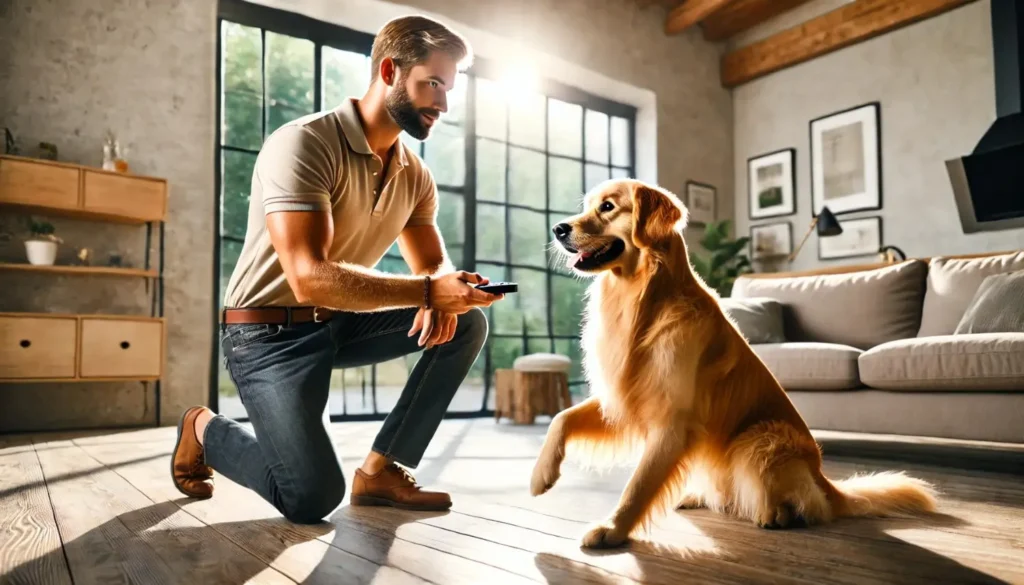
Introduction
When I first asked myself, “How long does it take to train a service dog?” I had no idea. After watching my neighbor’s Lab fetch her mail, I figured it must take more than a weekend.
The Four Phases of Training
1. Puppy Socialization (8–16 Weeks)
Puppies learn by exploring. I’d carry mine on short trips—across grass, up gravel paths, even indoors on tile. We’d pause so he could hear a doorbell or vacuum. Ten minutes at a time was plenty. Those little outings kept him calm when things got noisy.
2. Foundational Obedience (3–6 Months)
Next, I moved on to “sit,” “stay,” “come,” and loose‑leash walking. I did two short sessions a day—five minutes each. A tiny treat or a quick tug game worked wonders. One day we’d practice in the living room, the next day in the yard. That variety meant he obeyed anywhere.
3. Task Training (6–14 Months)
Now came the fun part: real service tasks. I taught him to fetch my phone, tug a door open, and flip a light switch. We focused on one trick at a time. I used the same word—like “phone”—every time. Even if he only got it halfway right, I cheered and petted him. That encouragement kept him eager to learn.
4. Public Access & Certification (3–6 Months)
Finally, it was time to prove he could behave in real life. We started in a quiet café, then moved to a busier subway station. I asked friends to pretend they didn’t know us and played soft music. On test day, a certified evaluator watched to make sure he stayed calm and followed commands, no matter the distraction
What Can Slow You Down (and Easy Fixes)
-
Too many distractions? If your dog freezes at a passing bus, begin with recordings at low volume. Gradually work up to real traffic.
-
Good at home but blank in public? Drill commands in several spots—your living room, porch, sidewalk, park bench. Repetition in different places makes obedience stick.
-
Feeling stuck? Join a local handlers’ meet‑up or an online group. Swapping stories and tips can reignite your motivation.

Tips to Keep Momentum
-
Stick to a routine. Train at the same time and place daily.
-
Keep it positive. Use treats, praise, and short play breaks.
-
Keep it short. Ten‑ to fifteen‑minute sessions work best.
-
Track your progress. A quick note on what you did helps spot trends.
-
Team effort. When everyone in your household uses the same cues, your dog learns faster.

Conclusion
Most service dogs are ready in 18–24 months, but every dog is different. It takes patience, a clear plan, and plenty of positive reinforcement. Stick with each phase—from socialization to public access—and you’ll build a confident, reliable partner. Grab your leash and treats—it’s time to start this life-changing journey!
FAQs
1. How long does it really take to train a service dog?
Ans: Honestly, most people finish the main work in 18–24 months, but it doesn’t feel that long when you break it into chunks:
-
First few months: You’re just letting your puppy explore—parks, sidewalks, even your living room floor.
-
Next half‑year: You nail down “sit,” “stay,” and the leash walk. I’d sneak in two quick five‑minute sessions a day—and yes, I bribed mine with cheese.
-
Months 6–14: This is the fun part—teaching real tricks like grabbing my phone or nudging a light switch. One skill at a time, always celebrating even the tiniest win.
-
Final stretch: We’d hit cafés, buses, grocery stores. My dog learned to tune out buskers and barking dogs before a tester gave us a thumbs‑up.
It’s a marathon, not a sprint—but each small step feels like a victory.
2. Why do some pups pick it up faster?
Ans: Dogs learn at their own speed. Here’s what I noticed:
-
Puppy vs. older dog: Puppies are sponges but tire quickly. Older dogs stay focused longer but sometimes freak out in new places.
-
Daily mini‑sessions: Ten minutes every day beats one two‑hour weekend cram. Trust me on this!
-
Good coach: A trainer with a real diploma (CPDT‑KA, CDBC) saved me weeks of guessing.
-
Your own skill: If you’ve trained a dog before, you’ll spot slip‑ups—like leash pulling—right away.
3. Can a rescue or older dog beat a puppy at service work?
Ans: Surprisingly, yes! My friend trained her three‑year‑old rescue in under 18 months.
-
Why it works: They’ve got impulse control and maturity.
-
Watch out: They might need extra “new place” practice if they’ve always lived indoors.
-
Pro tip: Ease them in—start with a backyard stroll, then graduate to a quiet café, and so on.
4. Do I have to hire a pro, or is DIY okay?
Ans: You can DIY the basics—plenty of guides and videos out there—but a pro helps you:
-
Catch mistakes before they become habits
-
Follow a proven roadmap instead of random trial and error
-
Prep for certification so you know exactly what the tester wants
I mixed both: I did home sessions five days a week, then met with my trainer on Saturdays. Best of both worlds!
5. How can I speed things up without skipping steps?
Ans: A few tweaks made my life easier:
-
Same time, same spot: My dog knew that 7 p.m. in the backyard meant “training time.”
-
Fun breaks: After a command, a two‑second tug or praise party keeps them pumped.
-
Short & sweet: Anything over 10 minutes, and you’ll feel your dog’s eyes glaze over.
-
Everyone on board: My roommate and I used the same words—no mixed signals.